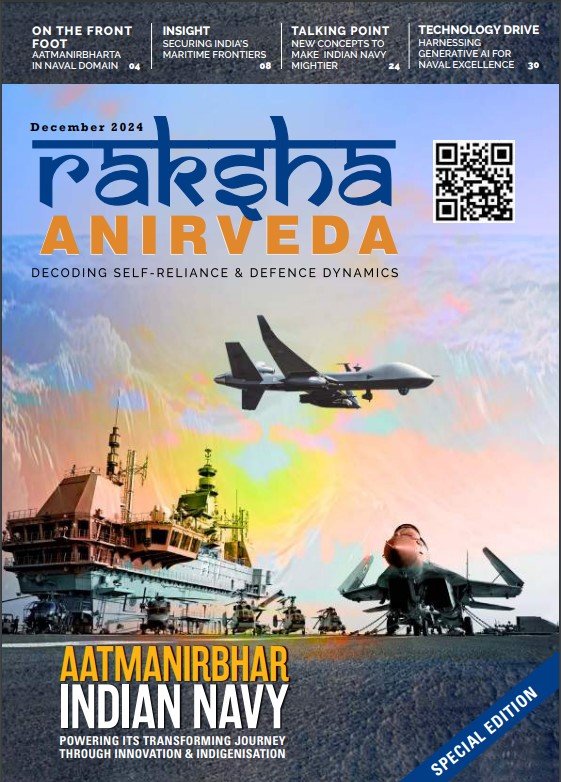New Delhi: The Indian Space Research Organisation (ISRO) has successfully executed a second docking of its Space Docking Experiment (SpaDeX) satellites on April 21, 2025, marking a significant advancement in India’s space capabilities.
This achievement follows the first successful docking in January and subsequent undocking in March, demonstrating ISRO’s growing mastery of orbital manoeuvres. The operation, described as “smooth” by ISRO Chairman V. Narayanan, reinforces India’s position as only the fourth nation globally to develop satellite docking capabilities, paving the way for ambitious future missions including Chandrayaan-4, Gaganyaan, and India’s planned space station.
The SpaDeX mission began with the successful launch of the PSLV-C60 rocket on December 30, 2024, from the Satish Dhawan Space Centre in Sriharikota. The mission deployed two satellites, designated as SDX01 (Chaser) and SDX02 (Target), each weighing approximately 220 kilograms, into a 470-kilometre circular orbit. These satellites were specifically designed to demonstrate the complex technology of space docking, a capability crucial for future space endeavours. The first successful docking was achieved on January 16, 2025, at 06:20 AM IST, marking a historic milestone for India’s space program.
After nearly two months of connected operations, the satellites were successfully undocked on March 13, 2025, at 09:20 AM IST. This undocking operation was executed in a 460-km circular orbit with a 45-degree inclination, with both satellites subsequently orbiting independently while maintaining normal operational health. This initial success demonstrated ISRO’s ability to perform both docking and undocking manoeuvres, validating the complete operational cycle required for future missions.
Between the undocking in March and the second docking in April, ISRO conducted an innovative “rolling” or “rotating” experiment in late March 2025. This complex operation involved the circumnavigation of one satellite around the other before returning to its original position. ISRO Chairman V. Narayanan emphasised the importance of thorough ground simulations before attempting such complex manoeuvres, stating: “We’ve completed the rolling experiment. The satellites have a lot of propellant… I have only told [the teams] one thing, please do everything [on] simulation on ground [first]. Let us be very careful.”




